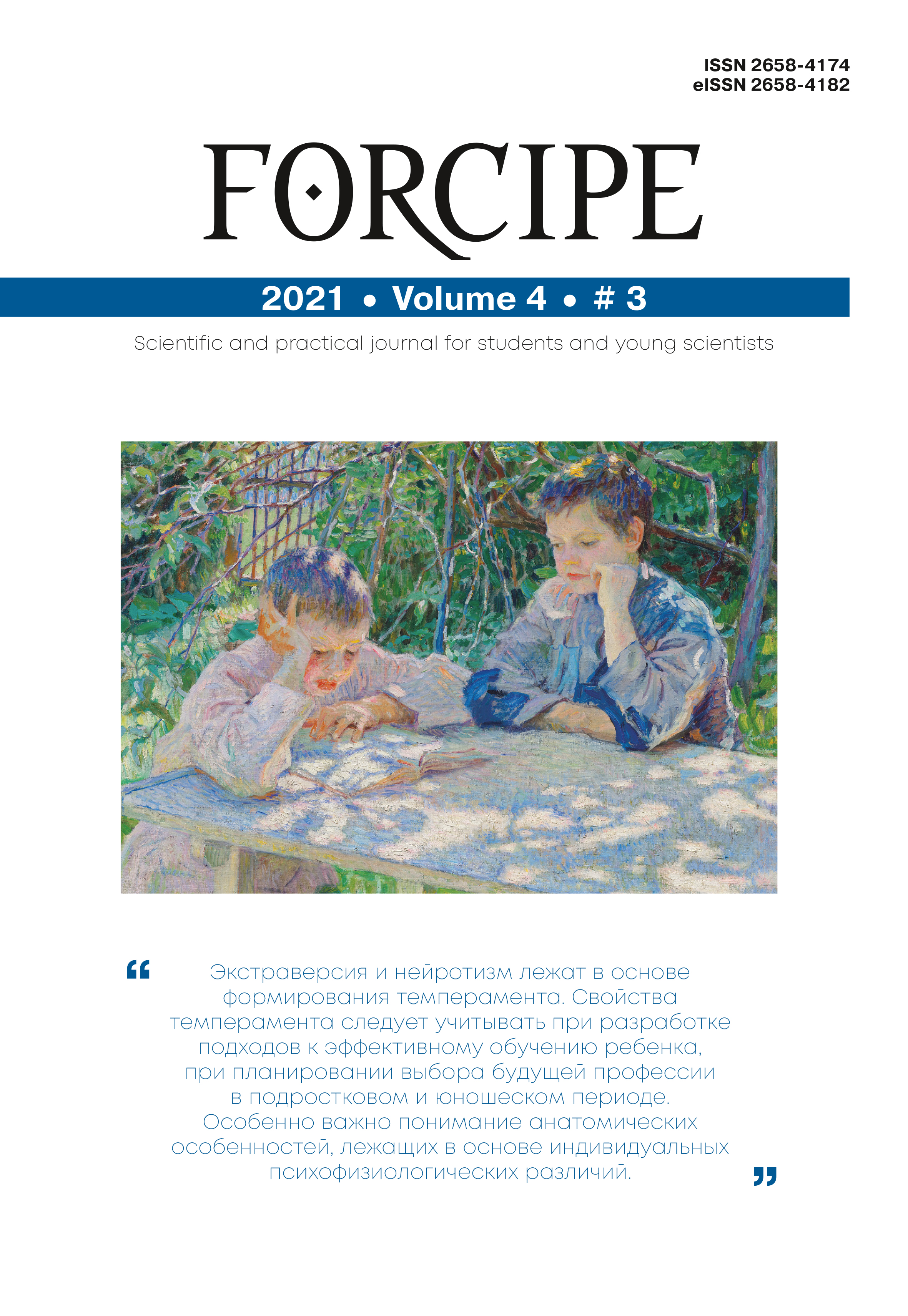RETROSTERNAL GOITER: ALGORITHM FOR DIAGNOSTIC AND SURGICAL TACTIC DECISION
Abstract
Historically, the frequency of occurrence of retrosternal goiter is varied from 10 to 15 % of the total number of thyroid gland pathologies. The major treatment option is surgery. The lack of exact algorithms for evaluating risk factors of access conversion in this category of patients makes this research relevant. Objective: identification of risk factors of expansion surgical approach from neck incision to sternotomy in cases of retrosternal goiter. The study was performed in the St. Petersburg City Hospital 26 from 2011 to 2019. During this period 1156 operations for thyroid diseases were performed in our hospital. Retrosternal goiter was detected in 227 (19.6 %) patients. The clinical findings have a big variety, which is directly dependent on the strength and point of compression of surrounding structures. Persistent increasing compression leads to asymptomatic clinical course and promotes relative compensation of this pathology, which was discovered in 78 (34.4 %) cases. Radiographic evaluation of the retrosternal goiter was the most common option in diagnostic process. Cross sectional computed tomographic imaging is irreplaceable method for the location of thyroid tissue, finding its relation to surrounding neck organs, mediastinum and great vessels, including the degree of compression of them. Key findings for evaluation of access conversion risk factors are: the size of the retrosternal part of the goiter and its relationship with the upper thoracic aperture, presence of dense adhesions between thyroid and surrounding tissues, major vessels and nerves. At the planning stage combined access - cervical and longitudinal transverse sternotomy, as the most reasonable, was planned in 18 patients, but during the surgical procedure requirement in this option applied only in 2 (0.9 %) cases. Modern facilities of 3D-reconstruction based on computed tomography images significantly simplify the approach to differential diagnosis and treatment of retrosternal goiter. Despite an overwhelming proportion of exclusively neck access, it`s important to remember about risk factors of access conversion necessity.



